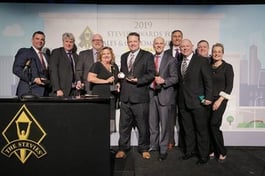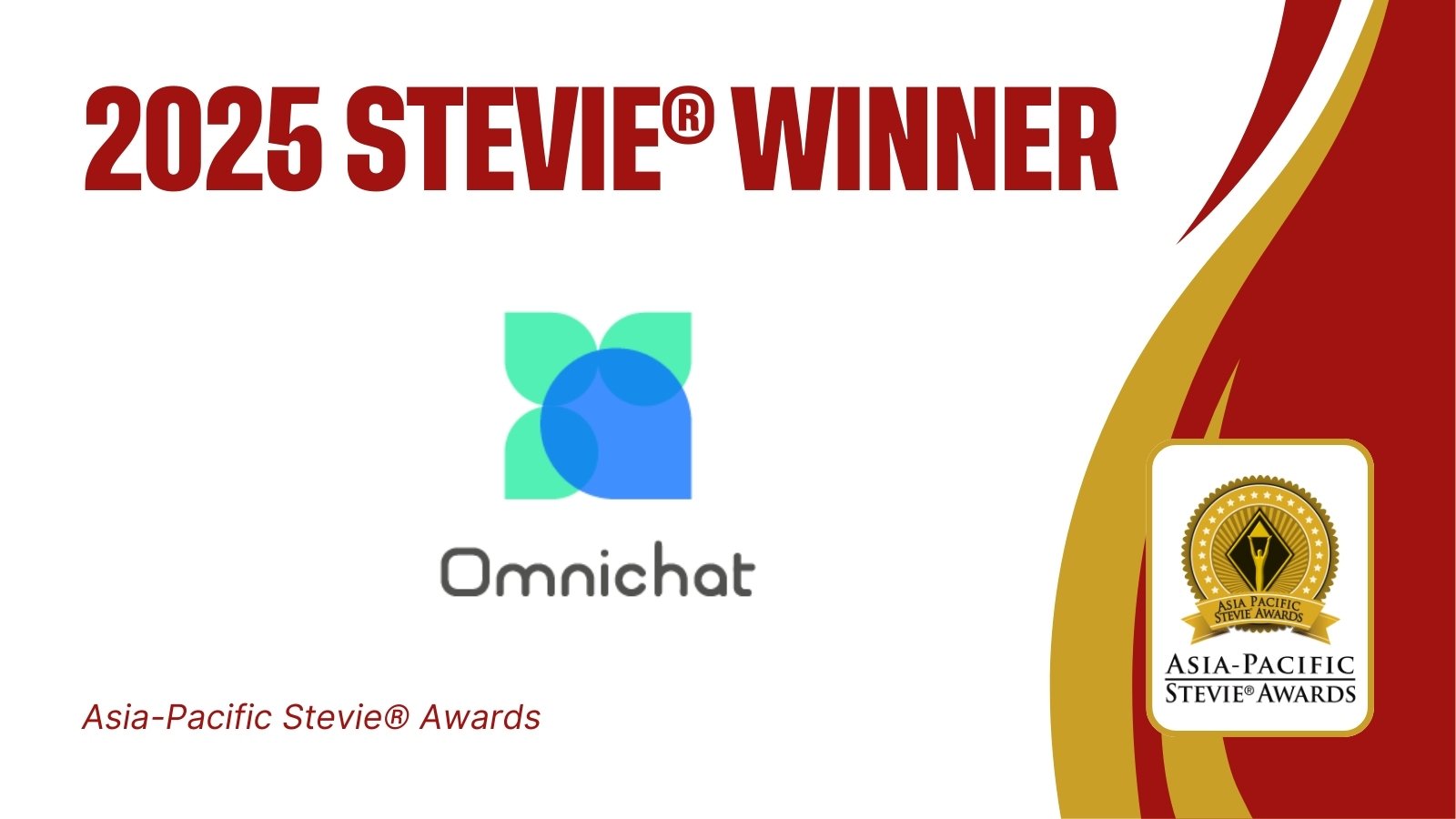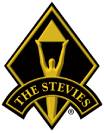It’s a conference room typically reserved for regimented business meetings, but on this winter day, the space transformed into a playground for a small group of sales associates. Each carefully bends and conjoins pipe cleaners in order to build a menagerie of animal figures and trees.
The undertaking isn’t simply an opportunity for distraction, however. In this case, the participants, who are taking part in a workshop by the sales training firm PJ Nisbet & Associates, are getting a lesson in kinesthetic learning. The idea is to help sellers use tactile experiences in future presentations with would-be buyers.
Welcome to the world of sales performance improvement, where clients look for whatever edge they can get in order to gain an advantage over the competition. For the consultancy, which is based in Cambridge, England, United Kingdom, raising top-line numbers is mission number one.
 That companies are looking to give their sales teams a leg up is, perhaps, no big surprise. The ability to generate leads and to convince customers to buy a product or service is the lifeblood of most businesses.
That companies are looking to give their sales teams a leg up is, perhaps, no big surprise. The ability to generate leads and to convince customers to buy a product or service is the lifeblood of most businesses.
“It doesn’t matter how good the rest of the organization is. If the sales team is not functional, you are not generating revenue, so the rest is irrelevant,” says Nisbet, who founded the company more than a decade ago.
Often, the heart of the sales process is an interpersonal relationship between seller and potential buyer. Through workshops and e-learning modules, Nisbet’s firm tries to help professionals understand how to identify their best prospects and to get those individuals to buy into their offerings.
The company, which recently earned a Bronze Stevie® Award for Sales Training Practice of the Year, offers what it says is an easy-to-use, repeatable sales method. Clients can use this to secure more prospects at the top of the sales funnel, to qualify them in or out, and, ultimately, to close more purchases with higher profit margins.
One of the program’s core objectives is to help participants articulate their organizations’ strengths so they don’t have to put in rock-bottom quotes to seal deals.
“We enable salespeople to sell on value—not price,” says Nisbet.
New Challenges in the Selling Process
A seasoned business executive with a degree in organizational behavior, Nisbet launched the eponymous sales training firm in his native South Africa in 2006. He eventually relocated it to the United Kingdom, but he still does a lot of business back home. Presently, 50 percent of his clients are in the United Kingdom, and 10–15 percent are in Africa, with the remainder spread throughout Europe and the rest of the globe.
The company has taken on some big-name clients over the years, including Dunlop, Deloitte, and the investment giant J.P. Morgan. Instilling a companywide training philosophy at a global business presents certain logistical difficulties, but Nisbet seems to relish the challenge.
“Last year, over a nine-month period, we trained one thousand five hundred salespeople for one company at fifty-three events in twenty countries using materials in fourteen different languages,” the entrepreneur says. “The best part is that the company’s share price was the highest it’s ever been, which they attribute, in large part, to the implementation we spearheaded.”
In an age when most big companies are using one or more software platforms to manage the sales funnel, Nisbet says the flexibility of his company’s approach is a key to its success.
“When we start an engagement, we go through a discovery phase, and we learn about the automation tools our client is using,” he says. “We then methodically adapt our program to make sure we are using a common language.”
His team is also willing to use a shared risk–reward model, which reduces up-front fees in exchange for a share of the client’s future profits.
“Most sales training organizations wouldn’t do this,” Nisbet adds, “but we’re confident in our methods and enjoy having a little skin in the game, so to speak.”
In a couple of important ways, Nisbet suggests the stakes are higher than ever when it comes to training salespeople. For one, more customers are doing preliminary research online. This means they’re more knowledgeable when they first engage with sales reps. Secondly, purchase decisions have become more complex in the wake of the Great Recession, with stakeholders from finance, quality, compliance, and other parts of the organization getting more involved.
For PJ Nisbet & Associates, though, that’s also an opportunity to help those professionals adapt to a different selling climate.
“Today’s salesperson must be more consultative and better informed to guide buyers and influencers through the process and to help them to ask the right questions. It’s no longer about just showing up with a great product and pitching its attributes,” says Nisbet.

 Becky Johns, Vice President of MarketBridge in Bethesda, Maryland, USA, is Chair of the Final Judging Committee for the
Becky Johns, Vice President of MarketBridge in Bethesda, Maryland, USA, is Chair of the Final Judging Committee for the  George Orr, Vice President of Client Services at kCura in Chicago, Illinois, USA, is Chair of the
George Orr, Vice President of Client Services at kCura in Chicago, Illinois, USA, is Chair of the 
 Sanjeev Garg, Global Head of Customer Care, Commercial Vehicles Business Unit at TATA Motors in Mumbai, India, is Chair of our
Sanjeev Garg, Global Head of Customer Care, Commercial Vehicles Business Unit at TATA Motors in Mumbai, India, is Chair of our The Chair of our Customer Service Department Final Judging Committee is Kelly Thomas, Assistant Vice President, Client Relations at OppenheimerFunds, Inc., in Englewood, Colorado, USA.
The Chair of our Customer Service Department Final Judging Committee is Kelly Thomas, Assistant Vice President, Client Relations at OppenheimerFunds, Inc., in Englewood, Colorado, USA. Ben Herkenhoff, Customer Interaction Center Manager at Outsell, LLC in Minneapolis, Minnesota, USA, Chairs our
Ben Herkenhoff, Customer Interaction Center Manager at Outsell, LLC in Minneapolis, Minnesota, USA, Chairs our  The Chair of our Final Judging Committee for the
The Chair of our Final Judging Committee for the 










